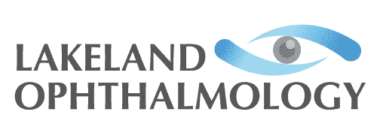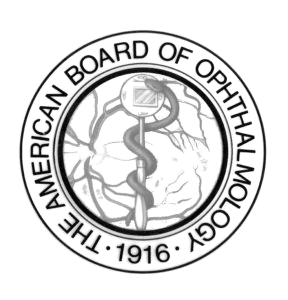Medical History. A comprehensive eye exam starts with an assessment of each patient’s medical history, including an understanding of prior ophthalmic diseases and procedures. Allergies and systemic medical conditions are reviewed. Conditions such as hypertension, diabetes, and autoimmune disease can affect the eyes. Similarly, eye exams can help patients and their physicians understand whether systemic conditions are adequately controlled or whether they are adversely affecting the eyes and other organs in the body.
Visual acuity is measured (the ability to read an eye chart), is measured. Intraocular pressure of the eyes is assessed.
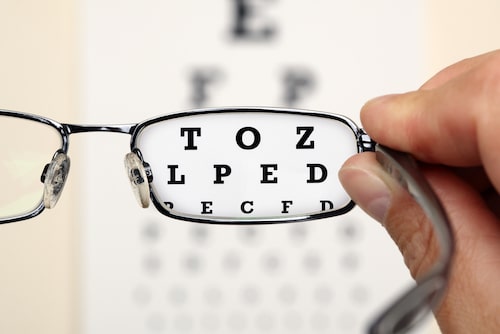
Color vision test. A color vision test may be used to assess your ability to distinguish between different colors.
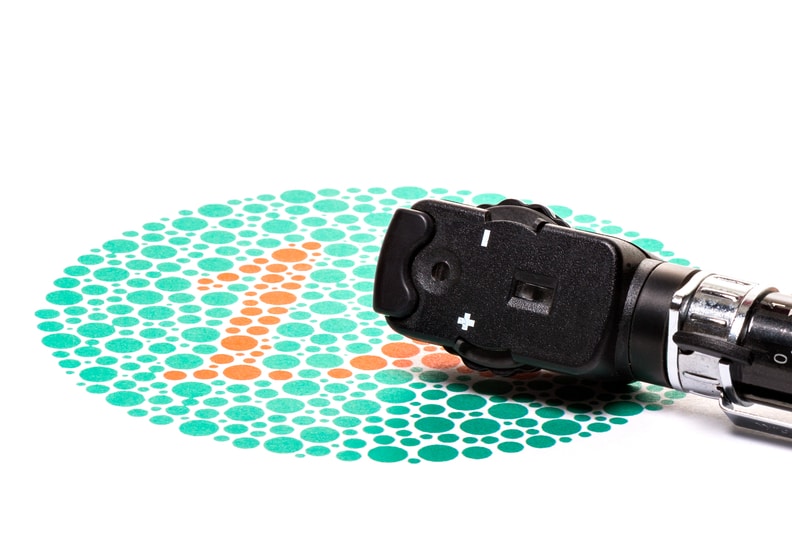
Refraction is a subjective assessment which helps to determine the appropriate lens power needed for each individual patient, whether they are nearsighted, farsighted, or have astigmatism or presbyopia. After refraction, an eyeglasses prescription is made available to each patient. Contact lenses may be fitted. A variety of contact lenses are utilized, depending on whether astigmatism or presbyopia is present.
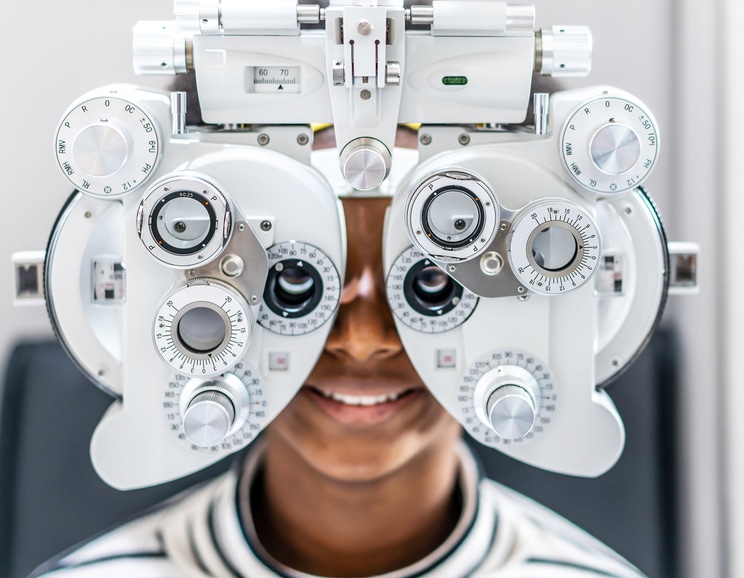
Pupillary function is observed, as is the functioning of the extraocular muscles which move the eyes.
Tonometry is a test to measure the pressure inside your eyes. This test is used to screen for and manage glaucoma.
Slit-lamp exam. This allows Dr. Hirschfeld to evaluate the structures in the front of the eye such as the eyelids, conjunctiva, sclera, cornea, and lens. Any dry eye present will be diagnosed and can be treated with Punctal Plugs and TearCare.
Dilation. Drops may be placed in the eyes to dilate, or widen, the pupils. Dr. Hirschfeld will then utilize a magnifying lens to examine the eyes. Vision may remain blurred for 1-2 hours after the drops are placed. It is suggested to bring a driver, if necessary. After pupillary dilation, high-powered lenses are utilized to visualize the tiny structures inside of the eyes such as the retina and optic nerve.
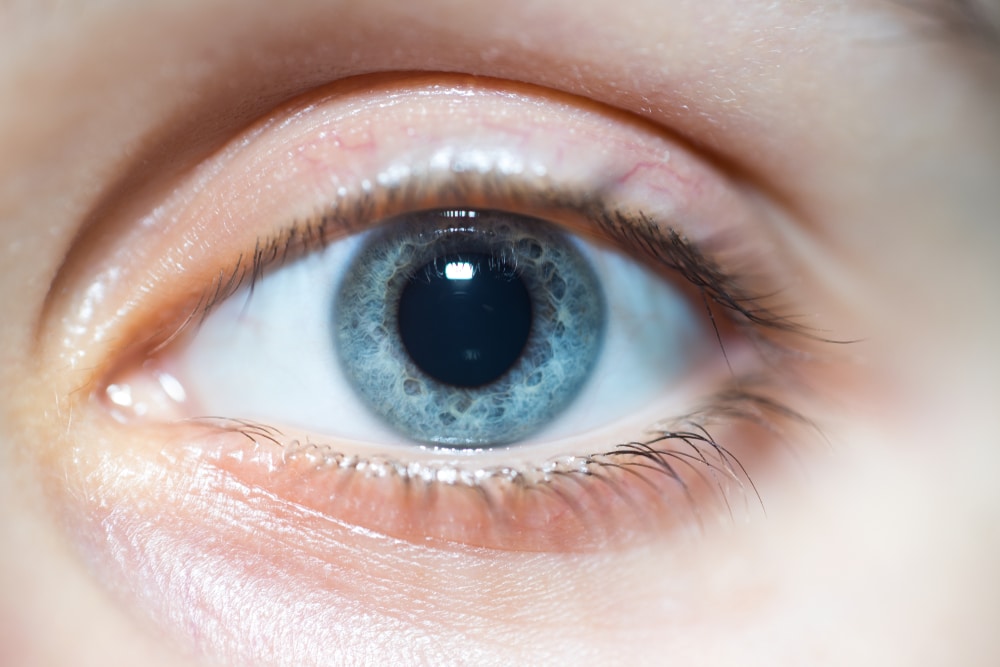
Visual field test. This test measures your side (peripheral) vision. It helps our doctors find out if you have lost peripheral vision.
Additional testing may be needed based on the results of initial testing. This further evaluation may confirm pathology, clarify uncertain findings, or provide a more in-depth assessment.
A comprehensive eye exam can take an hour or more, depending on the number and complexity of tests required to fully evaluate each patient’s vision and eye health.
